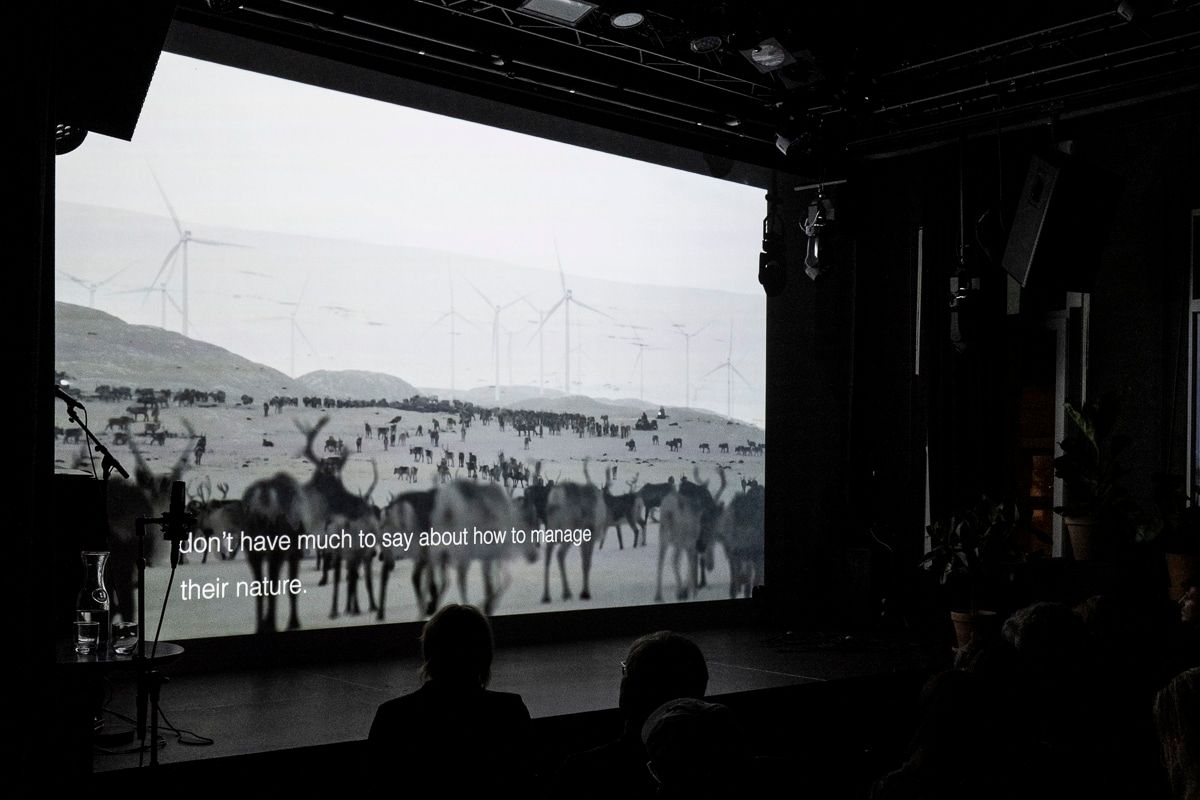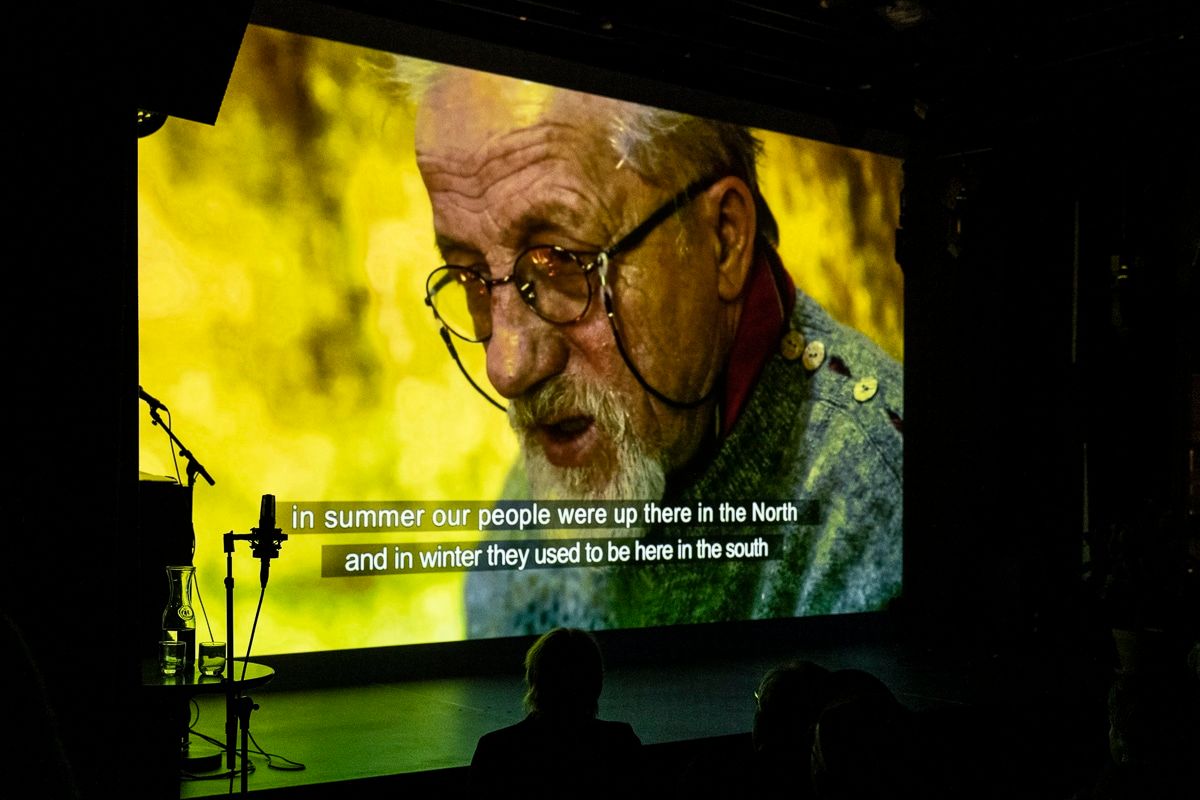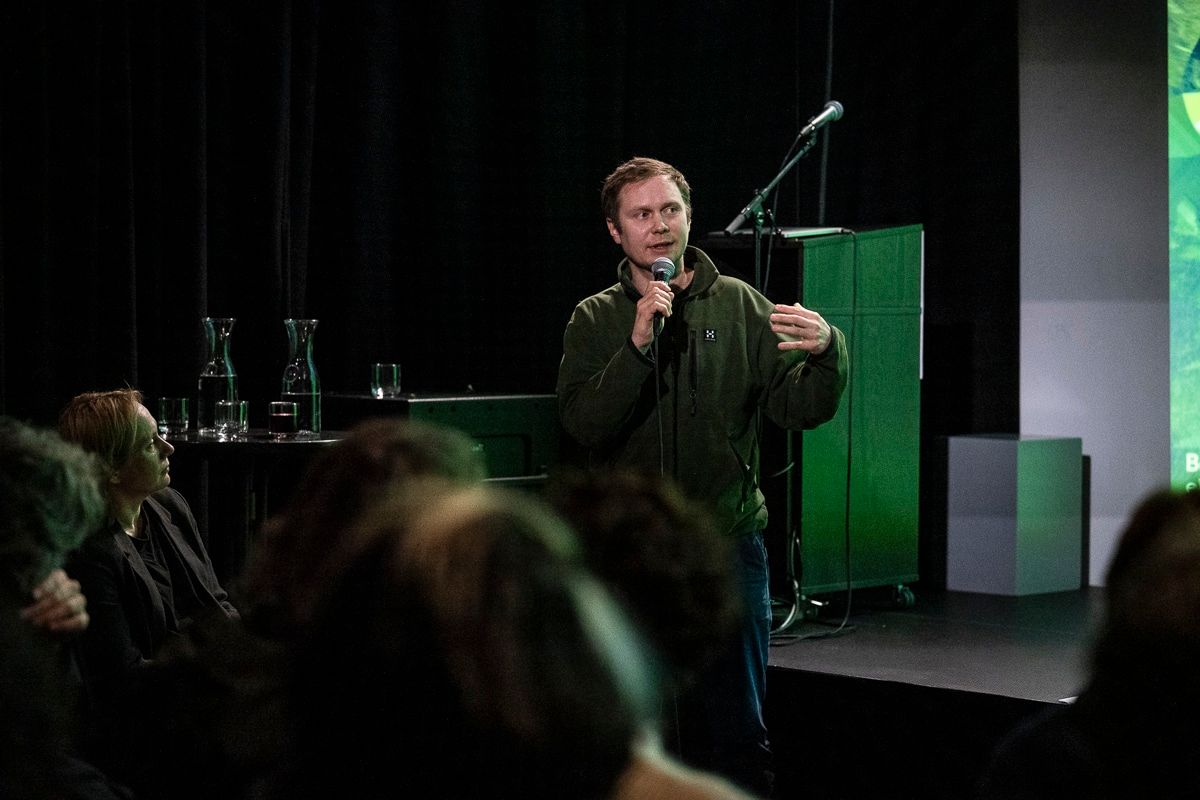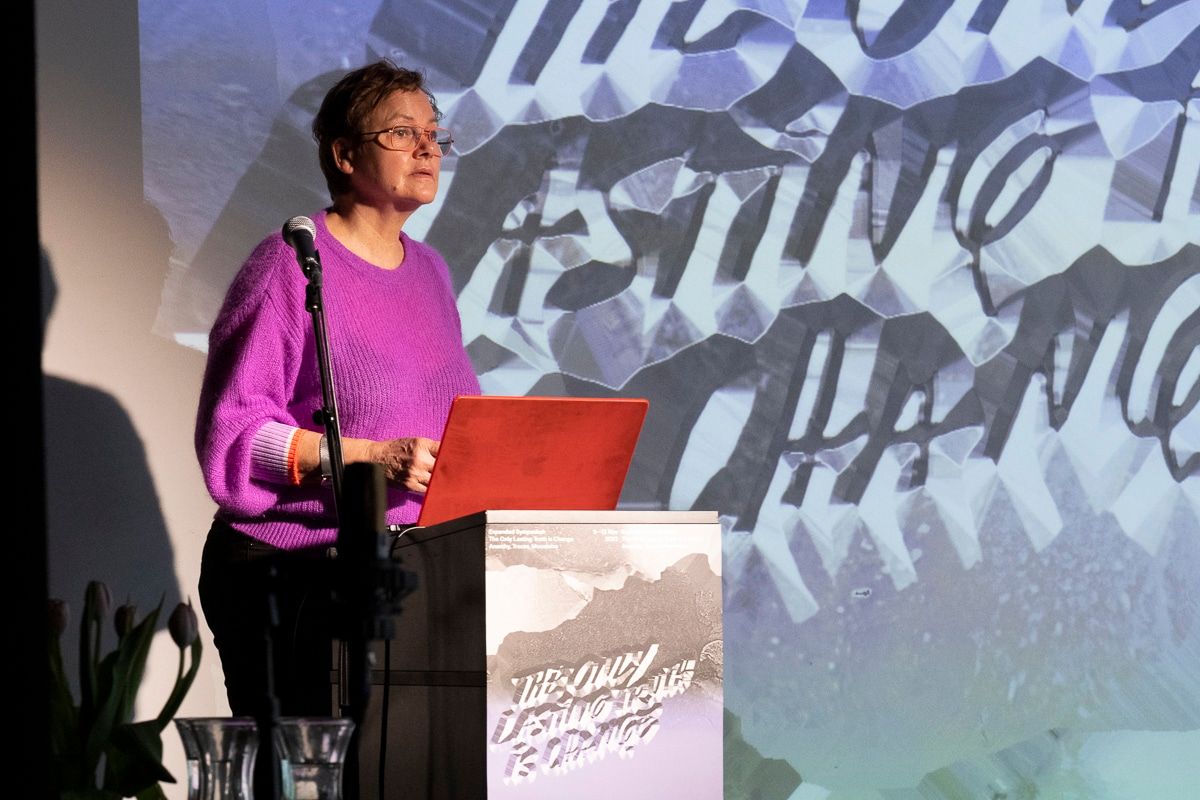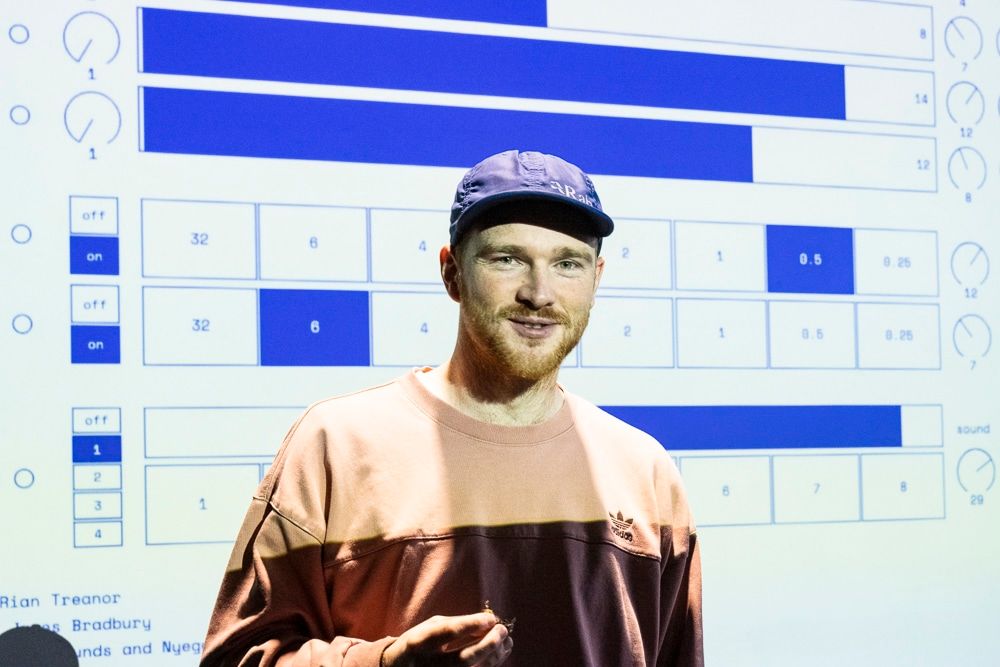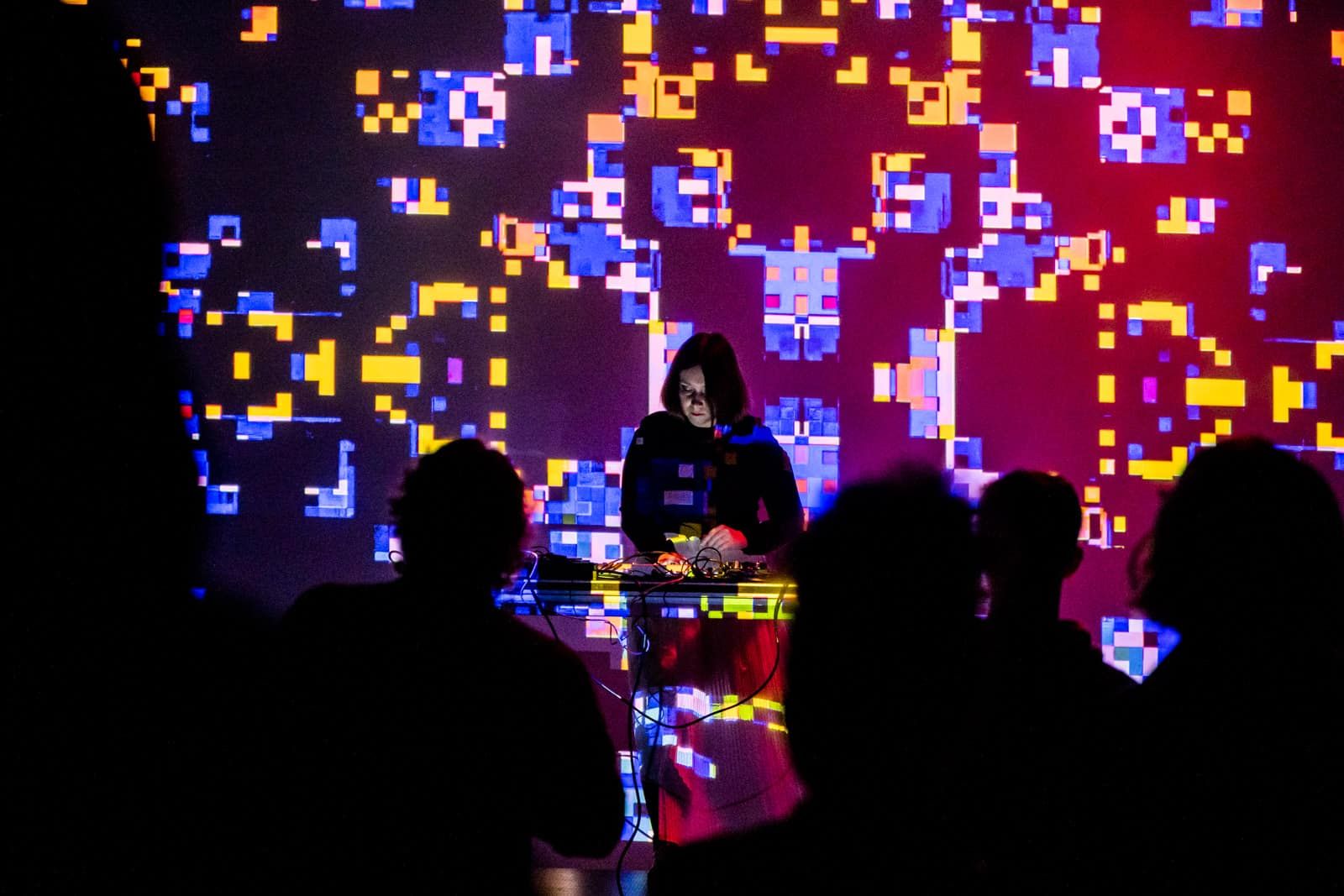OK so full disclosure here, I participated in the symposium last year as an artist, so I can't say that my position here is entirely objective. But then again, can any artist truly occupy an objective role in expressing their thoughts on any cultural activity in an artistic community as close-knit as Norway’s? Maybe not.
The newest iteration of Bergen Centre for Electronic Art's symposium, titled The Only Lasting Truth is Change, did a good job of getting away from the sometimes too inward-looking and self-referential landscape of Norwegian art. A mix of lectures, performances, presentations of creative projects, and things that lie somewhere in between, the symposium takes its name from a passage from Octavia E. Butler's novel Parable of the Sower. The quote goes on to say that "all that you touch you change", where echoes of the Midas touch hint at questions of causality and responsibility when faced with various ongoing accelerations and interrelated global circumstances.
The symposium attempts a lot with its curatorial statement. It is a familiar rhetoric of art's ability, position, or potential to effect change in a world that is increasingly out of our control. The general themes of this year were anarchism, traces and mountains, as seen throughout art, technology, nature and power. More lists ensue in the statement, but we get the picture: various crises and the potential for a creative response.



